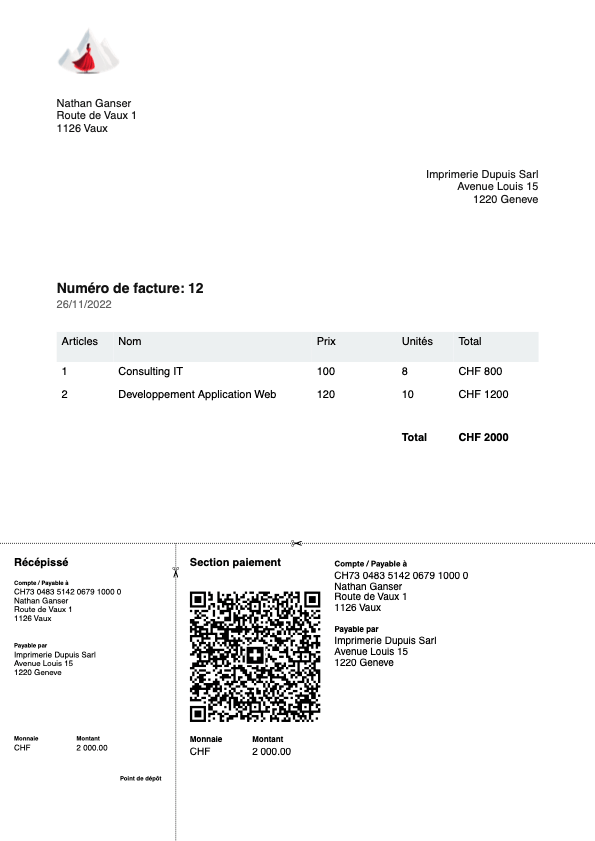Common Mistakes and Penalties
Typical Invoicing Errors
Watch out for these common mistakes:
- Missing or incorrect VAT number
- Applying the wrong VAT rate
- Failing to clearly state if a supply is exempt or reverse-charged
- Incorrect or missing customer details
- Using inconsistent or duplicate invoice numbers
Consequences of Incorrect Invoices
Incorrect invoicing can lead to:
- Delayed payments from customers
- Rejection of input VAT claims by your customers
- Penalties and interest charges from tax authorities
- Additional administrative burden to correct errors
Correction Procedures
If you discover an error on an issued invoice:
- Issue a corrective invoice or credit note as soon as possible
- Clearly reference the original invoice
- Explain the nature of the correction
- Adjust your VAT returns if necessary
For minor errors, a corrective letter may be sufficient. For major errors, a full credit and re-invoice may be required.
Special Invoicing Situations
Credit Notes and Corrections
When issuing credit notes:
- Clearly label it as a credit note
- Reference the original invoice
- Explain the reason for the credit
- Show the VAT adjustment
- Issue in the same currency as the original invoice
Partial Payments and Installments
For supplies paid in installments:
- Issue an invoice for each installment or a single invoice showing the payment schedule
- Clearly show the due date for each payment
- VAT becomes due on each installment when it's payable
Discounts and Price Reductions
When offering discounts:
- Clearly show the discount amount and percentage on the invoice
- If offering an early payment discount, show the terms clearly (e.g., "2% discount if paid within 10 days")
- Adjust the VAT calculation based on the discounted price
Practical Tips for Compliance
Invest in quality accounting software that:
- Automatically includes all required invoice elements
- Supports multiple languages and currencies
- Can generate QR-bills
- Integrates with your VAT reporting process
For Swiss freelancers, we highly recommend Magic Heidi.
Regular Review and Training
- Conduct periodic audits of your invoicing process
- Keep staff updated on Swiss invoicing requirements
- Consider consulting with a Swiss tax expert for complex situations
Customer Communication
- Clearly communicate your invoicing and payment terms to customers
- Be prepared to provide additional documentation if requested
- Respond promptly to any invoice queries
Swiss invoicing and VAT rules can change. Stay informed by:
- Subscribing to updates from the Swiss Federal Tax Administration
- Joining relevant business associations
- Regularly reviewing your processes against current requirements
Conclusion
Creating compliant invoices for the Swiss market requires attention to detail and a good understanding of local regulations. By following the guidelines outlined in this article, you'll be well-equipped to navigate the complexities of Swiss invoicing requirements. Remember that proper invoicing is not just about legal compliance – it's a reflection of your business's professionalism and reliability.
While this guide covers the main aspects of invoicing in Switzerland, tax and business regulations can be complex and subject to change. For specific situations or if you're unsure about any aspect of Swiss invoicing requirements, it's always advisable to consult with a qualified Swiss tax professional or contact the Swiss Federal Tax Administration directly.
By mastering the art of Swiss invoicing, you'll build stronger relationships with your customers, streamline your financial processes, and position your business for success in the Swiss market. Whether you're a small local enterprise or a multinational corporation, attention to these details will pay dividends in smoother operations and regulatory compliance.
